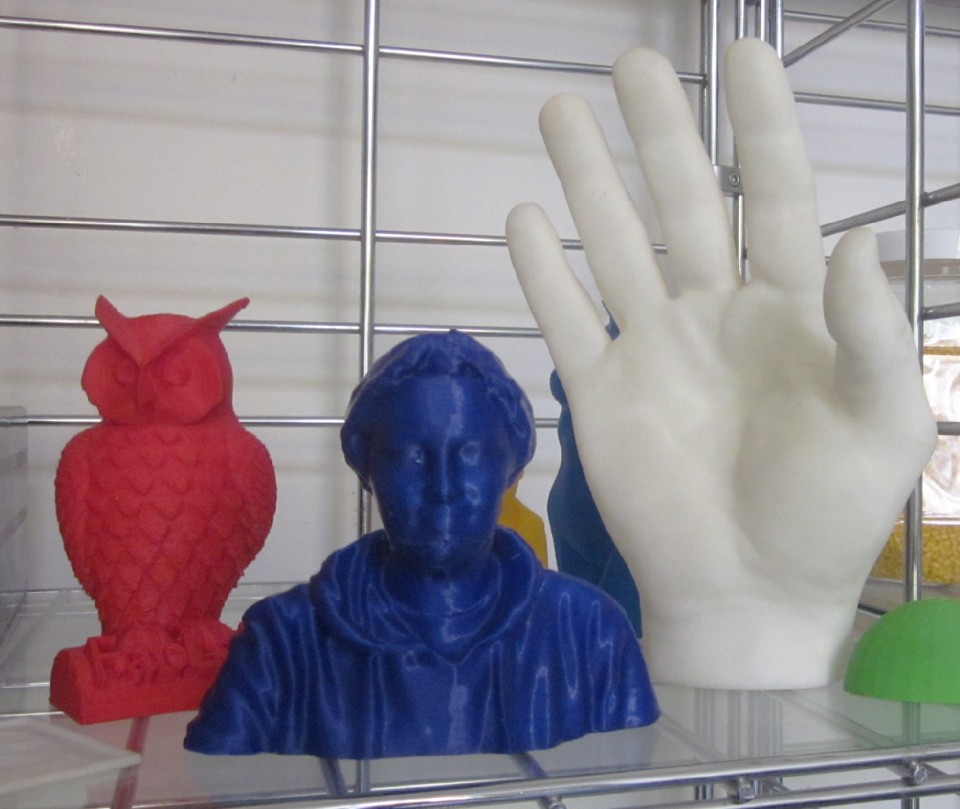The growing hype around Fablabs and innovative technologies like “3D printing” and “laser cutting” for instance, turns my focus once again to the environmental impact of the materials used in fabrication.
Like any other production processes, there will always be wasted bits and pieces out of these beautiful technologies, either wasted materials or misused time and energy.
Here, I will be sharing the progress of my design research on “reuse of materials in digital fabrication” at Fablab Maastricht and experimental trials that could be helpful for you.
To start, let me give you a brief on Fablab…
The fabrication laboratory A.K.A. Fablab is a workspace with computer-controlled tools and physically
a vast network of possibilities. It is known as a disruptive technology, where it brought manufacturing into homes, offices and schools, making manufacturing more flexible. While 3D printers are a simple version
for rapid prototyping, relatively use much less energy and are more adjustable to your needs, now you can instantly produce your own designed product at home using a 3D printer. While the selection of materials
is limited, it is increasing, from titanium to plastic, rubber and wood… you name it, it will most probably be there or being developed. However, plastic is the most widely used material of all others.
My focus is on these topics:
1 Sustainable materials used in Fablab
2 Trials & errors with 3D printing and laser cutting
3 Reusing and recycling waste materials in Fablab
4 Finding new possibilities for Product Design
Like to be part of this and share your ideas or experiences on these topics? I’ll be happy to hear about it!
Written by Hadwa Omran
Tags: 3D printing, design, fabrication, lasercutting, materials, product, recycle, research, reuse

!["3D-Printed objects" Photo taken at Fablab Maastricht. [Photo credits: Hadwa Omran]](http://re-designstudio.net/home/wp-content/uploads/2014/01/3DPrinted-at-Fablab-Maastricht-300x253.jpg)